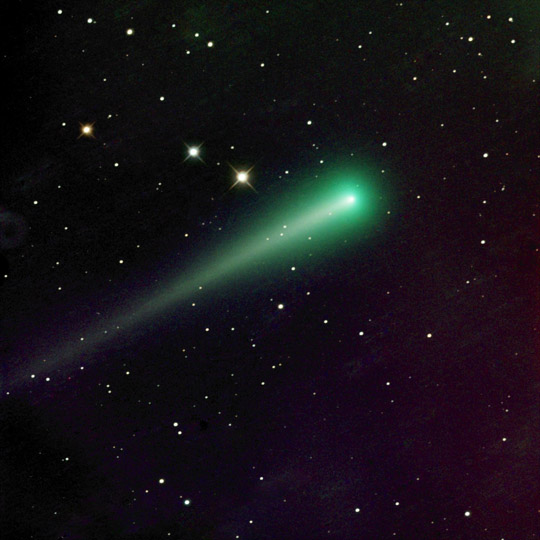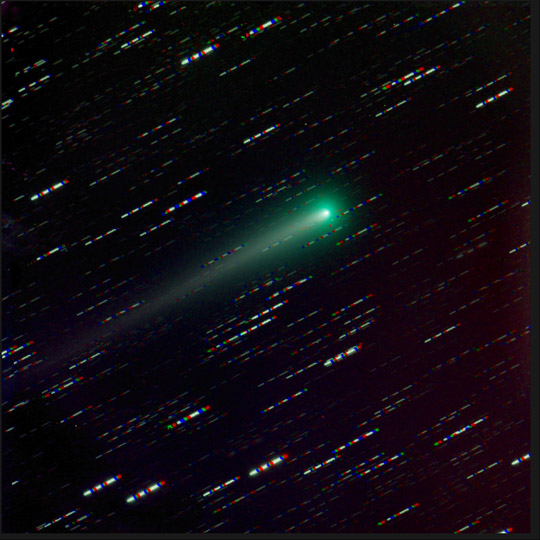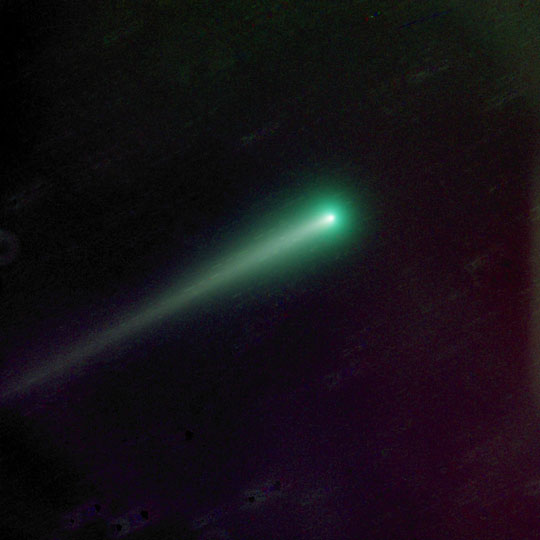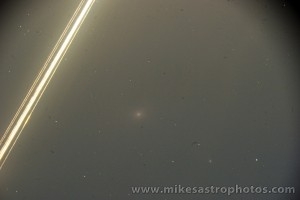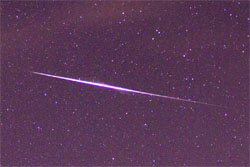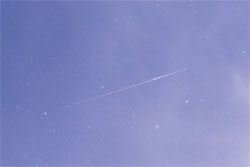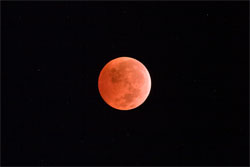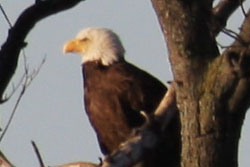Comet ISON Observations
by Mike Hankey, under Comets & Meteors
I’ve been diligently imaging Comet ISON each morning possible since mid September. It is changing nearly everyday, getting bigger brighter and a longer. Comets in general are challenging to image and each one has its own little quirks: how bright it is, how fast its moving, how much dark time there is available to image. For ISON we have only had about 1 hour each morning to image which doesn’t leave a lot of time for a long exposure. On a whim, I decided to combine 3 days worth of data together to get a better image. Here is a picture of Comet ISON that was taken over a three day period, November 2nd, 3rd and 8th.
Image processing is a big part of the challenge with getting a nice comet image. There are several different ways to process and look at the picture. The easiest thing to do is to just stack on the comet and have the stars trail like this image below.
While you can get a good view of the comet, the background doesn’t look so nice. We see trails of red, green, blue and white because the telescope is tracking the comet with each exposure. When we combine the image centering on the comet, the stars don’t line up in the same place, leaving us with streaked multi-colored stars.
Its a time consuming process, but what you need to do is reject all of the stars out of the pictures while stacking the RGBL frames. This will give you an image of just the comet with no stars.
Once you have the comet isolated, you then stack just the stars or re-image the star background on another day (when the comet isn’t there). Then merge the 2 images (the comet only and the starfield) using the photoshop overlay feature and you will have a nice combination of a clear starfield and a well defined comet.
Image Details for Comet ISON
Shot With 30 minutes of RGB and 1 hour of LUM
Total exposure: 2.5 hours
Camera: Apogee U16M
Guider: SBIG 402 with MMOAG Off Axis Guider
Telescope: RCOS 14.5
Mount: Paramount ME
Location: Auberry, CA
Date: November 2nd, 3rd & 8th
Software: The SkyX, MaximDL, FocusMax, CCDAutoPilot, CCDStack, Photoshop
